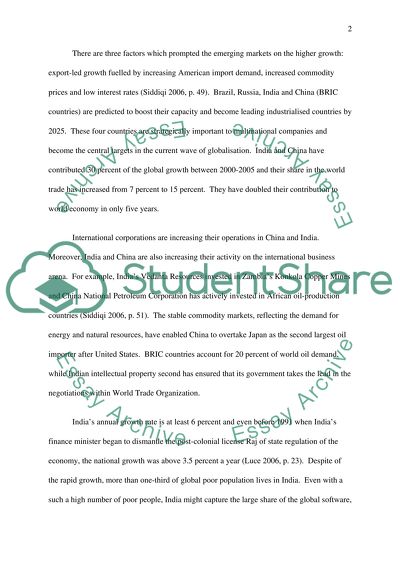Cite this document
(“The impact of the emergence of China and India on the world economy Essay”, n.d.)
Retrieved from https://studentshare.org/miscellaneous/1509436-the-impact-of-the-emergence-of-china-and-india-on-the-world-economy
Retrieved from https://studentshare.org/miscellaneous/1509436-the-impact-of-the-emergence-of-china-and-india-on-the-world-economy
(The Impact of the Emergence of China and India on the World Economy Essay)
https://studentshare.org/miscellaneous/1509436-the-impact-of-the-emergence-of-china-and-india-on-the-world-economy.
https://studentshare.org/miscellaneous/1509436-the-impact-of-the-emergence-of-china-and-india-on-the-world-economy.
“The Impact of the Emergence of China and India on the World Economy Essay”, n.d. https://studentshare.org/miscellaneous/1509436-the-impact-of-the-emergence-of-china-and-india-on-the-world-economy.


